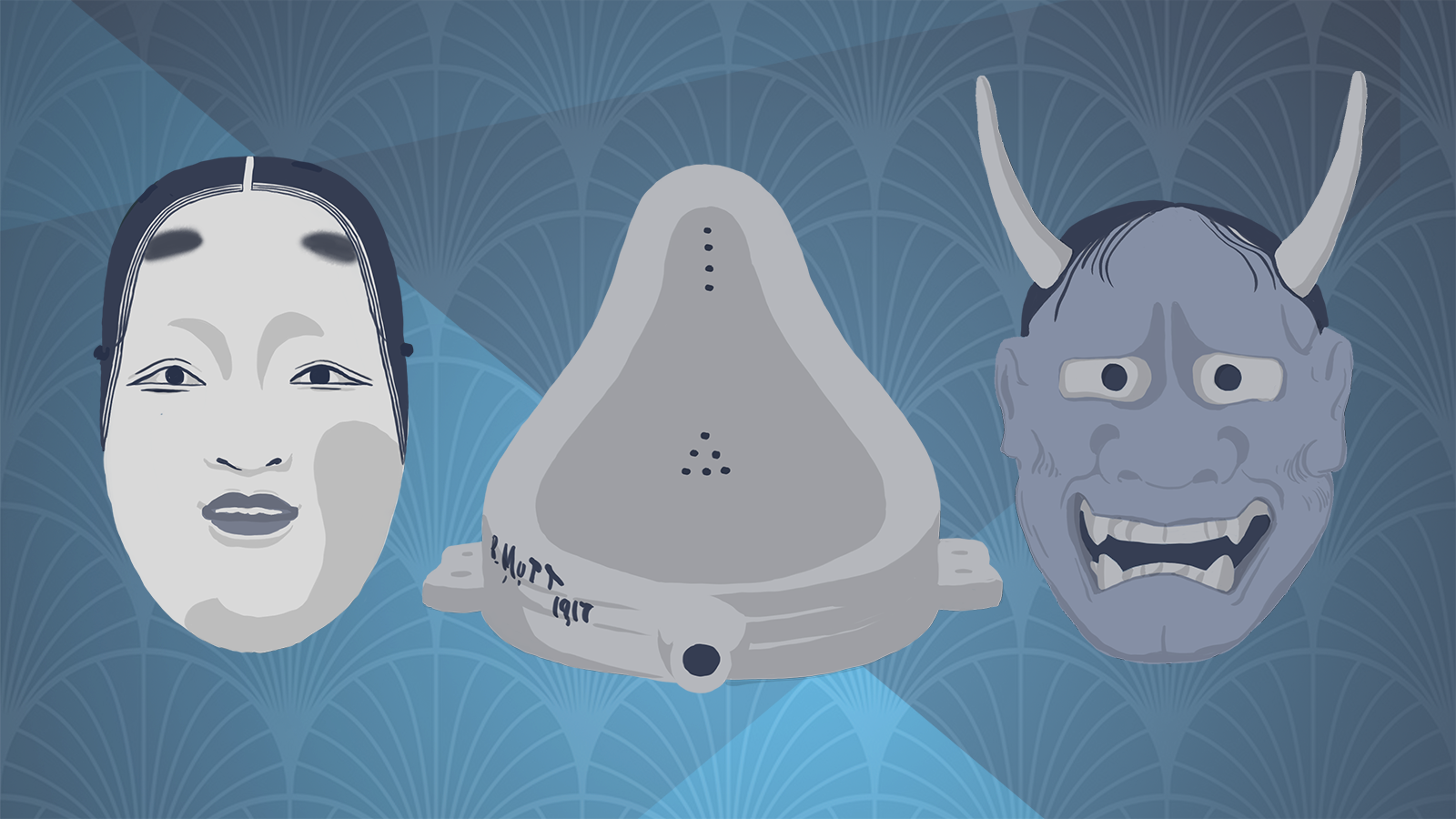This year saw a lot of anniversaries in Japan. It was 1868 when Crown Prince Mutsuhito became the Emperor Meiji, the official policy of national isolation ended and the country was set on a course to become a modern industrialized nation-state. This birthday seems like it could have been a great time to kick back and have a major celebration in commemoration of the end of feudalism and the advent of a new age of learning. However, as the prevailing narrative of Japan's transition into modernity is one in which it was forced into opening to the West and had to lose something of its traditional identity in order to avoid becoming a colonial territory, the 150th anniversary of the Meiji Restoration went by without much festivity.
Though Prime Minister Shinzo Abe, speaking at a commemorative ceremony in October, acknowledged that the Meiji Era (1868-1912) was "the foundation for Japan's modern-day political, economic and social systems," the tone of his address was definitely veered toward "glass half-empty" than "glass half-full," describing the birth of modern Japan as a "crisis."
Probably the most widely-viewed visual spectacle that can be considered a de facto commemoration of the beginning of the Meiji Era and Japan's ambivalent relationship with modernity, is the NHK drama "Segodon," which tells the life and times of Saigo Takamori. The tale of Japan's "last true samurai," and how he opposed the new Imperial government's disbandment of the country's traditional warrior caste and the development of a conscript army, lends itself to a raft of reductionist dichotomies: East vs. West, honor vs. pragmatism, modernity vs. Japaneseness.


















With your current subscription plan you can comment on stories. However, before writing your first comment, please create a display name in the Profile section of your subscriber account page.